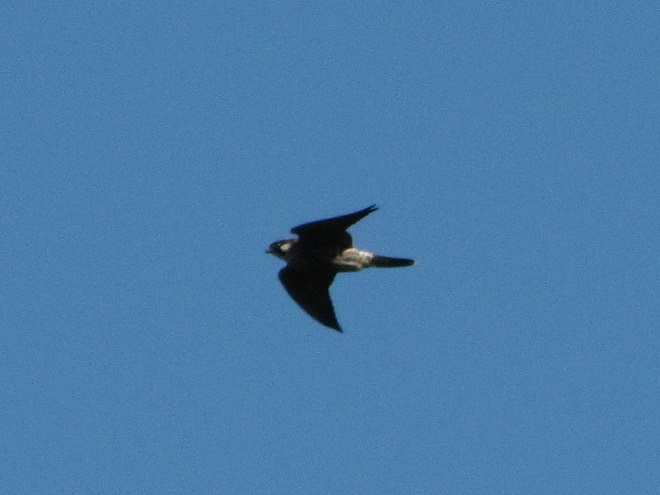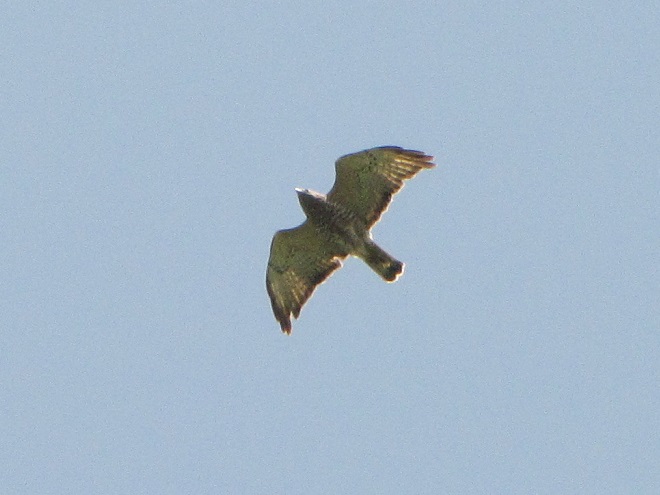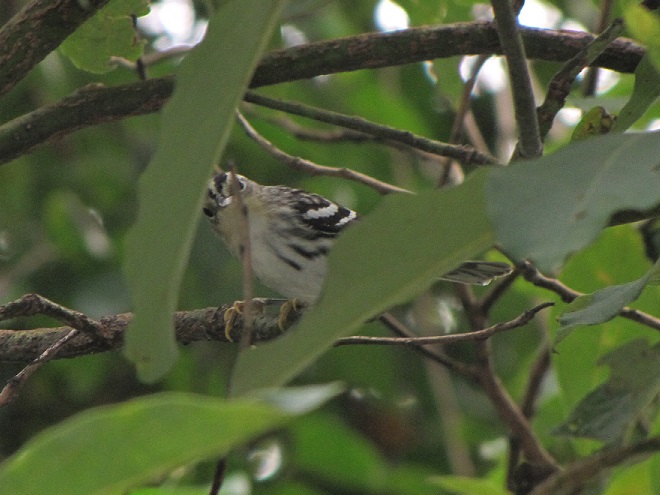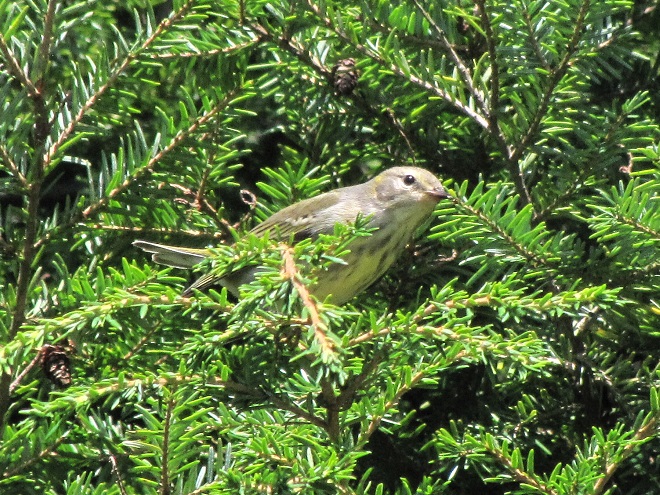As we enter September, autumn bird migration is well underway. Neotropical species including warblers, vireos, flycatchers, and nighthawks are already headed south. Meanwhile, the raptor migration is ramping up and hawk watch sites throughout the Mid-Atlantic States are now staffed and counting birds. In addition to the expected migrants, there have already been sightings of some unusual post-breeding wanderers. Yesterday, a Wood Stork (Mycteria americana) was seen passing Hawk Mountain Sanctuary and a Swallow-tailed Kite (Elanoides forficatus) that spent much of August in Juniata County was seen from Waggoner’s Gap Hawk Watch while it was hunting in a Perry County field six miles to the north of the lookout! Both of these rarities are vagrants from down Florida way.




To plan a visit to a hawk watch near you, click on the “Hawkwatcher’s Helper: Identifying Bald Eagles and other Diurnal Raptors” tab at the top of this page to find a list and brief description of suggested sites throughout the Mid-Atlantic region. “Hawkwatcher’s Helper” also includes an extensive photo guide for identifying the raptors you’re likely to see.
And to identify those confusing fall warblers and other migrants, click the “Birds” tab at the top of this page and check out the photo guide contained therein. It includes nearly all of the species you’re likely to see in the lower Susquehanna valley.
